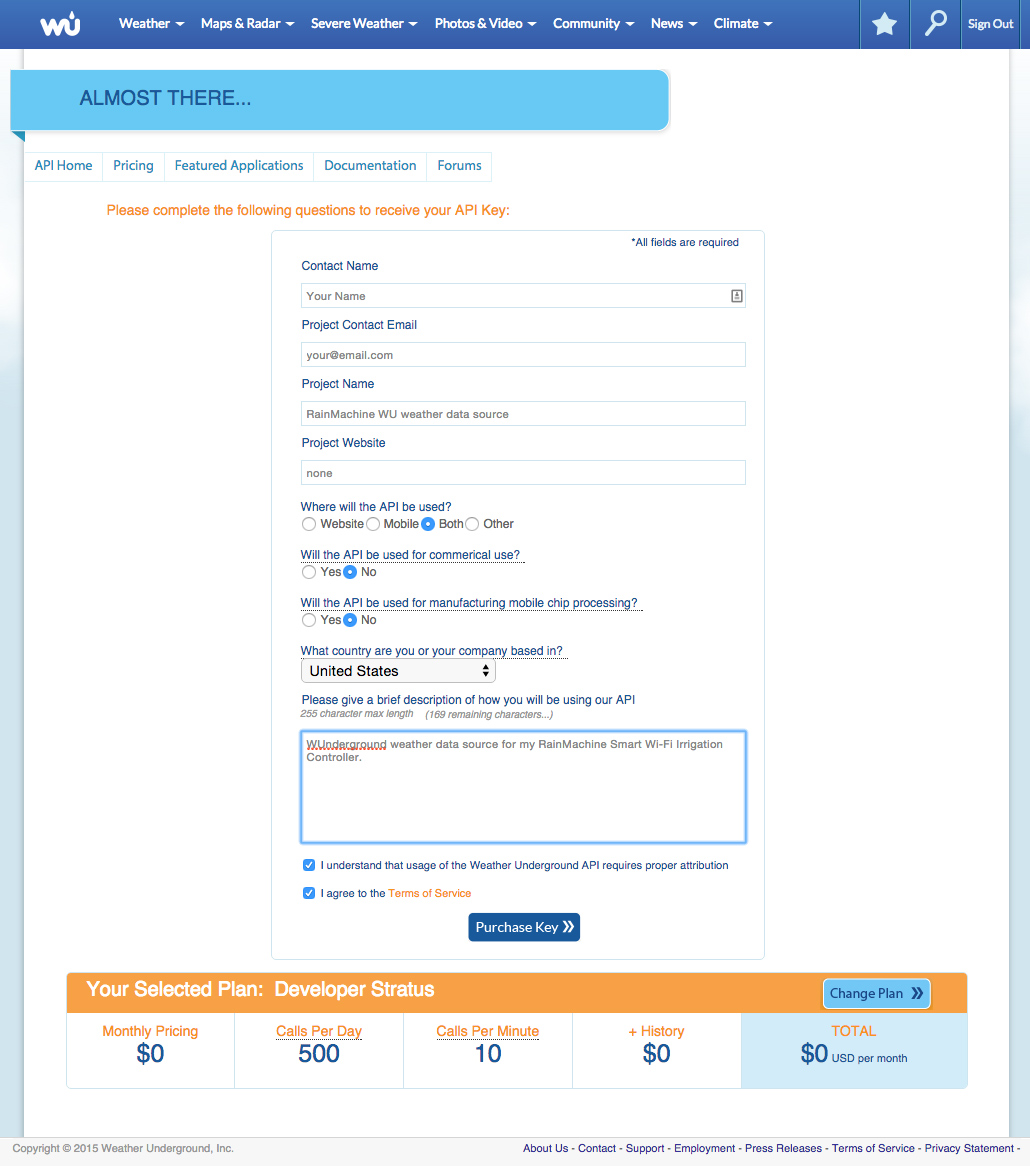

You use a http request to call the API and it returns either a JSON or XML object with the requested weather data included. This should be plenty to get started and it’s easy to upgrade later if your business case justifies it. The free Developer account gives you 500 API calls per day for free. This will give you a personal key that you can use to authenticate against the API. The first step is to sign up for a developers account on Weather Underground. Net client, I decided to document how I accessed it and inserted the data into SQL Server using a CLR assembly. Since there isn’t much documentation out there about how to connect to the Weather Underground API using a. It also has an API that you can program against.

Another resource on the web, Weather Underground, publishes current daily weather data. Recently I was working with a client that needed a daily average temperature inserted into a table in their SQL Server database. The Microsoft Research project was conceived of and led by Drew Purves.įetch Climate doesn’t include current weather data, though.

The data has been combined from many sources and patched together into a consistent whole. If you need historical weather data then Fetch Climate is a great resource. There are several excellent sources of weather data. One of the most common and easily available types of external data is weather data. Many companies are beginning to bring external data into their data infrastructure.


 0 kommentar(er)
0 kommentar(er)
